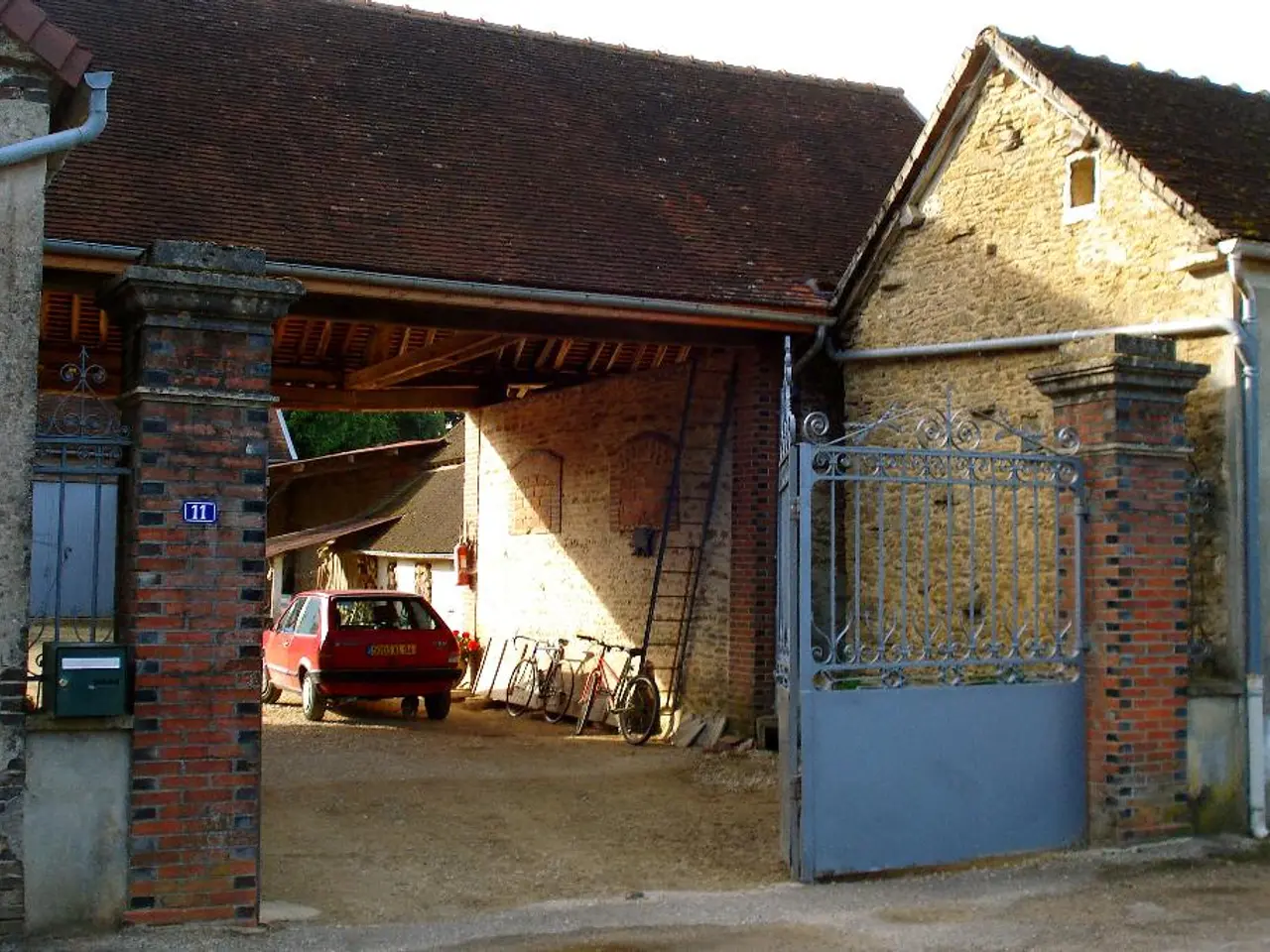French Architect Turns Textile Waste into Sustainable Building Materials
French architect Clarisse Merlet, founder of FabBRICK, is transforming textile waste into innovative, sustainable building materials. Her unique bricks, made from recycled fabrics, offer excellent sound insulation and thermal protection. They can be used for lightweight partition walls and processed into furniture, with prominent brands like Levi's and MINI supporting her venture.
Merlet's process begins with sorting and shredding old textiles, which are then mixed with adhesive and compressed into bricks. These FabBRICKs take 10 to 15 days to cure before use or further processing. Since founding FabBRICK, Merlet has designed over 40,000 bricks and recycled around 12 tons of textile waste. This contributes to reducing Europe's annual textile waste of approximately 4 million tons.
Merlet's commitment to conscious resource management has led to partnerships with notable brands. Alongside Levi's and MINI, she has also collaborated with Galeries Lafayette and Decathlon. Her work combines sustainability with art and innovation, offering a practical solution to textile waste while enhancing building design.
FabBRICK's recycled textile bricks provide a sustainable alternative for construction, with benefits including sound insulation and thermal protection. Clarisse Merlet's innovative approach has resulted in over 40,000 bricks and 12 tons of recycled waste, demonstrating the potential of her unique, eco-friendly materials. With partnerships from prominent brands, FabBRICK is set to make a significant impact on the construction industry.
Read also:
- U.S. Army Europe & Africa Bolsters Regional Security with Enhanced Partnerships & Deterrence
- BMW's Debrecen Plant Unveiled: Birthplace of the iX3 and New Class Models
- Mapbox's Navigation Software Development Kit integrated with MapGT's Artificial Intelligence Voice Assistant
- US President Trump and UK Labour Leader Starmer discuss strengthening economic and technological ties between the United States and the United Kingdom.








